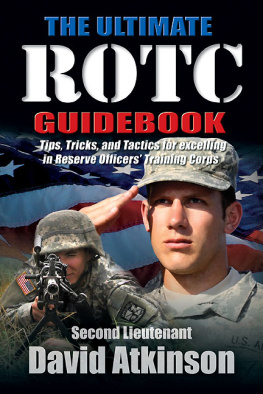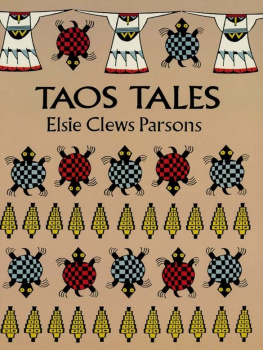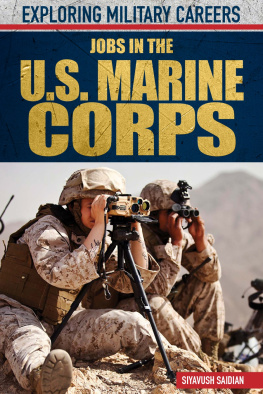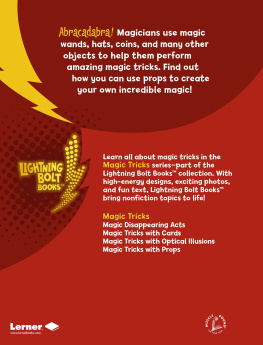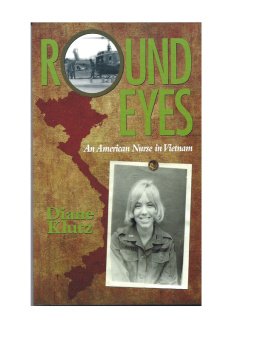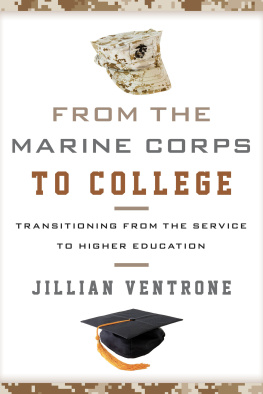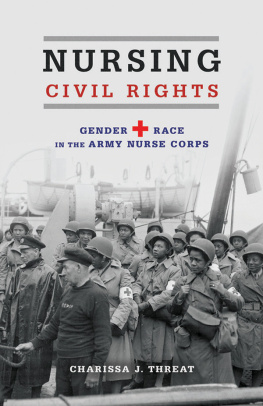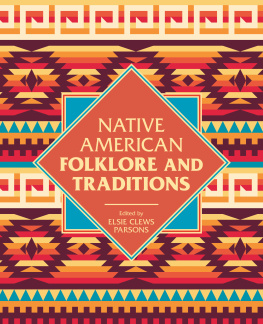Published by The History Press
Charleston, SC
www.historypress.net
Copyright 2016 by Elsie M. Szecsy, Ed.D.
All rights reserved
Front cover: Courtesy of the Sisters of St. Joseph of Carondelet, Los Angeles Province.
First published 2016
e-book edition 2016
ISBN 978 1 62585 683 8
Library of Congress Control Number: 2015957665
print edition ISBN 978.1.46711.825.5
Notice: The information in this book is true and complete to the best of our knowledge. It is offered without guarantee on the part of the author or The History Press. The author and The History Press disclaim all liability in connection with the use of this book.
All rights reserved. No part of this book may be reproduced or transmitted in any form whatsoever without prior written permission from the publisher except in the case of brief quotations embodied in critical articles and reviews.
I dedicate this book to all cadet nurses, for your tireless service, and to your families and friends who help keep this story alive. Proceeds from the sale of this book will be used to support the uscadetnurse.org website.
CONTENTS
FOREWORD
As the seventeenth surgeon general of the United States and a former registered nurse, I am elated that this wonderful and unique story of the selfless service of the U.S. Cadet Nurse Corps is finally receiving its long-overdue recognition.
This thoughtful book reveals an essential but forgotten part of Americas wartime history. The Cadet Nurse Corps was a uniformed service of the United States that became part of the U.S. Public Health Service to answer the call to duty for registered nurses who were desperately needed during World War II. Aside from the essential nursing services these 124,000 nurses provided across the nation, they were also innovators and agents of change. The program was fully integrated and discrimination by race, ethnicity and marital status was prohibited. The nations first and only accredited School of Nursing for Native Americans contributed to this endeavor as well. Minority participation was the norm and preceded any national formal minority student initiatives by decades. This program also prevented the collapse of our nations healthcare delivery system during World War II and prevented a draft for nurses.
These nurses were part of what is now called the Greatest Generation. As Rosie the Riveter and many other women did, these nurses stepped up, subordinated their personal interests and their families to serve selflessly, humbly and anonymously when the nation needed them most. At the end of the war, these great Americans quietly returned to their communities with no recognition but with the pride of having served in uniform and having made a huge difference to the health of the nation.
Make no mistake, although technically not considered veterans, these nurses are veterans just like all of us who have served when our nation called.
My hope is that this book will highlight and memorialize their exemplary service and that our nation will finally recognize the remaining nurses as heroes who served when needed. In doing so, they created many best practices that benefitted future nursing education.
RICHARD H. CARMONA, MD, MPH, FACS
Seventeenth Surgeon General of the United States
PREFACE
About five years ago, while going through some family heirlooms, I stumbled across my mothers nurses cap and a couple of U.S. Cadet Nurse Corps sleeve patches. I had a faint recollection that my mother was a cadet nurse; she entered nursing school in a public hospital in Westchester County, New York, in the fall of 1943 and graduated in 1946. On a whim, since the computer was on and I was at my desk, I googled U.S. Cadet Nurse Corps and stumbled across a number of references, including an article in a local Massachusetts newspaper about a nurse interviewer with the Harvard Nurses Health Study who had made a presentation about the U.S. Cadet Nurse Corps for a meeting of the Visiting Nurse Service somewhere in Massachusetts. Through her work as an interviewer, this woman learned that many of her respondents were cadet nurses. Since the article was recent, I thought that perhaps there was something important about cadet nurses, and I wanted to learn more. From that point, in October 2011, I was hooked.
I suspected that there was a possibility that cadet nurses all over the country were telling their stories to a local audience without knowing that they were not alone in telling the story. My first task, then, was to scour the Internet for additional information about the U.S. Cadet Nurse Corps. What I suspected was, indeed, the case. That research resulted in the uscadetnurse.org website, which I continue to curate, as well as a Facebook page to connect cadet nurses with one another. Both collect all sorts of information about the U.S. Cadet Nurse Corps, its history as the first federally funded education program for women, news items and scholarship. Most important is that these two online tools collect the stories of cadet nurses, most now in their nineties, in their own words; these resources have also attracted and engaged family members and friends who want to know more about cadet nurses and what they were doing during and after World War II.
Next, as word got around at work, I learned that a professor of nursing at my university had conducted oral history interviews with twenty-five cadet nurses who were in Arizona during the 1980s. The transcripts of these interviews were archived in my universitys library. What an opportunity! I read them and was thoroughly impressed by these womens observations and experiences and how timeless their accounts were. Many of the themes I was picking up through anecdotal data online on uscadetnurse.org were similar to the observations of these twenty-five women in the 1980s.
Within a year, another fortuitous coincidence happened. The National Archives, in partnership with ancestry.com, made the membership cards of cadet nurses available online. I was excited by this prospect to conduct additional historical research, and with this new development, a research agenda was born.
My original plan was to focus on my mothers experience in the state of New York. Now that membership card data was available, that would make for a wonderful study of cadet nurses and honor my mothers memory. When I saw there were over one hundred schools of nursing in New York, I thought twice about proceeding. I decided to find out about my adopted home state of Arizona and was pleasantly surprised to find out that there were only five participating schools of nursing in the U.S. Cadet Nurse Corps here. That number of schools was certainly on a scale that I could handle on my own and on the fringes of my life in the place where I am now planted. I have found that I am still honoring my mothers memory through this work and have, through this project, grown new roots in Arizona.
Now, Id like to make some disclosures. I am not a nurse; I am an educator. Commenting on the quality of the contents of nurse curricula is outside my scope because I am not a nurse or nurse educator. So this book is not about nurse education curriculum development, training practices or the qualifications of nursing faculty. I approached the U.S. Cadet Nurse Corps simply as a historical phenomenon; it was a federally funded educational policy project with deep roots and far-reaching implications about which most people, I would argue, are largely unaware.






